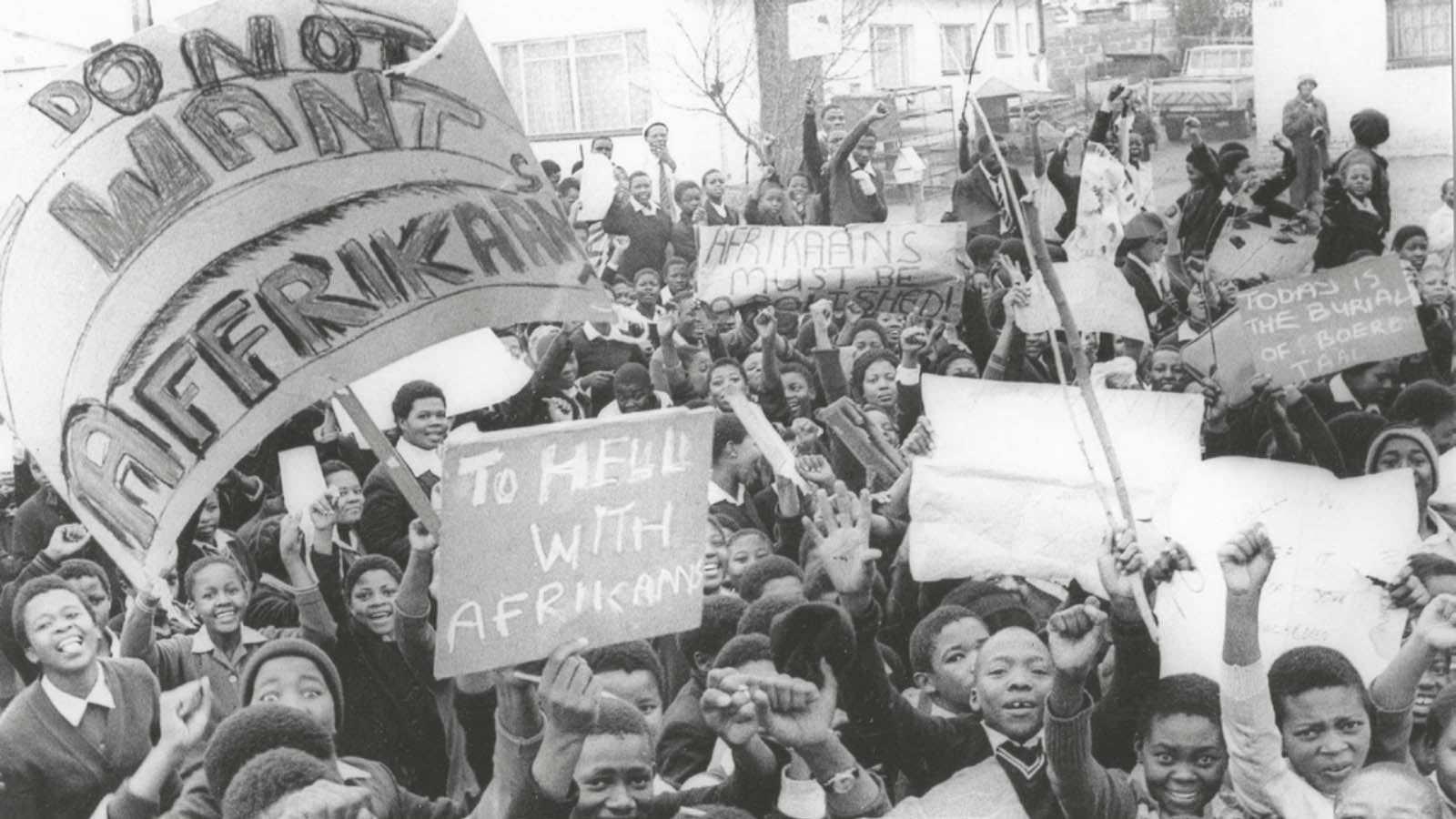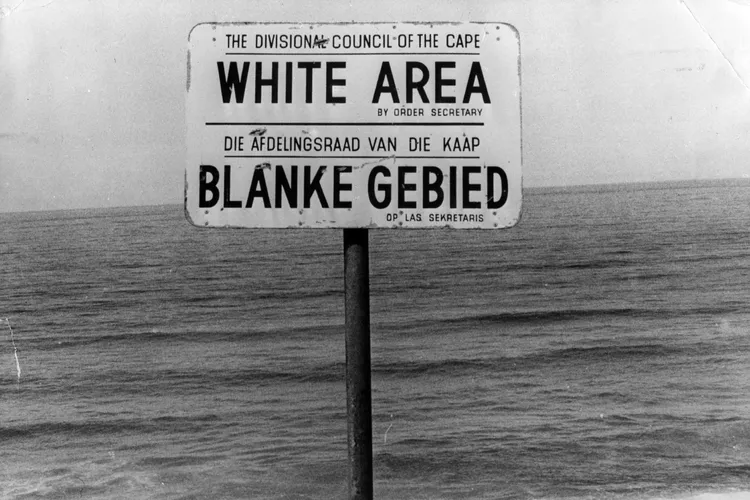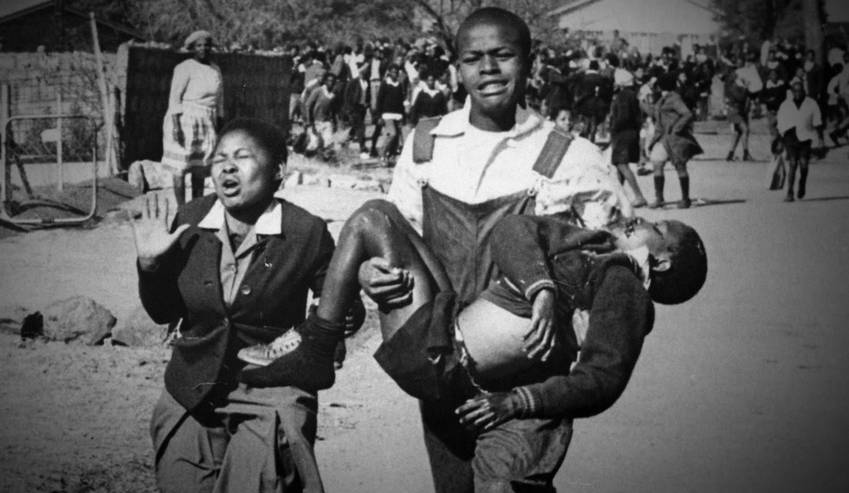Blog
The Soweto Uprising of June 16, 1976: A Turning Point in South African History

Introduction
June 16, 1976, is etched in the heart of South African history as the day when the youth of Soweto ignited a flame of resistance that would challenge the very core of apartheid. What began as a peaceful student protest turned into a national and global awakening to the brutality of a regime built on racial segregation and oppression. This uprising wasn’t a sudden explosion—it was the result of decades of systematic injustice, poor education, and simmering frustration.
To understand the significance of the Soweto Uprising, we must delve into the oppressive roots of Bantu Education, the political climate of apartheid South Africa, and the courage of young students who dared to speak truth to power.
The Apartheid Backdrop: An Engineered Inequality

Image Source: ThoughtCo.
Apartheid, instituted officially in 1948 by the National Party, was a system of institutionalized racial segregation and discrimination. Black South Africans, who made up the majority of the population, were stripped of political rights, denied quality education, forced into segregated homelands, and subjected to police brutality and economic marginalization.
The state’s control extended to every aspect of life—where one could live, work, or go to school. For black South Africans, apartheid wasn’t just a political system; it was a daily struggle to survive under laws that dehumanized them.
The Root Cause: Bantu Education
At the heart of the 1976 uprising was Bantu Education, a deliberately inferior system of schooling imposed on black South Africans.
What Was Bantu Education?
Introduced in 1953 through the Bantu Education Act, this system was designed to “prepare” black South Africans for lives of servitude. The architect of this policy, Dr. Hendrik Verwoerd, the then-Minister of Native Affairs and later Prime Minister, made the infamous statement:
“There is no place for [the Bantu] in the European community above the level of certain forms of labor… What is the use of teaching the Bantu child mathematics when it cannot use it in practice?”
Bantu Education meant:
- Schools were grossly underfunded.
- Classrooms were overcrowded.
- Black students were taught by underqualified teachers.
- The curriculum emphasized obedience and vocational skills rather than critical thinking.
- African history, language, and culture were erased or distorted.
This was not education; it was indoctrination.
The Spark: Afrikaans as a Medium of Instruction
By the mid-1970s, tensions were high. The apartheid government made a fateful decision in 1974: half of all subjects in black secondary schools would be taught in Afrikaans, the language of the oppressor.
Afrikaans, seen as the tongue of apartheid, was deeply hated. It was the language of the police, the bureaucracy, and the government that enforced racial laws.
Imagine trying to learn mathematics or science in a language you not only struggle to understand, but actively despise. For many students and teachers, this decree was the last straw.
One student put it simply:
“We do not want Afrikaans, because it is the language of the oppressor. We want to be taught in English.”
June 16, 1976: The Day That Changed Everything
The Plan
On the morning of June 16, thousands of students from schools across Soweto organized a peaceful protest against the use of Afrikaans in their education.
The march was coordinated by the South African Students Movement (SASM) and student leaders from various high schools, including Morris Isaacson High School and Naledi High. Their goal: to march to Orlando Stadium and present a memorandum to the education authorities.
The students, dressed in uniforms and singing freedom songs like “Nkosi Sikelel’ iAfrika”, carried placards that read:
- “Down with Afrikaans!”
- “We are not Boers!”
- “Away with Bantu Education!”
The Confrontation
As the march progressed, the crowd swelled—some estimate between 10,000 to 20,000 students joined. The mood was peaceful, but tense. Near Orlando West Junior Secondary School, they were confronted by heavily armed police.
What happened next was chaos. The police ordered the crowd to disperse. When the students refused, they opened fire.
The First Martyr: Hector Pieterson
Thirteen-year-old Hector Pieterson was one of the first to be shot. The image of his lifeless body being carried by fellow student Mbuyisa Makhubo, with his sister Antoinette Sithole running beside them, was captured by photojournalist Sam Nzima.

Image Source: Citizen
That photograph, published worldwide, became a symbol of apartheid’s cruelty and the heroism of South Africa’s youth.
The Aftermath: Days of Rage
The initial protest triggered a wave of nationwide unrest. For the next several days, protests spread like wildfire across townships:
- Students clashed with police.
- Government buildings and symbols of oppression were burned.
- The state responded with brutal force: teargas, dogs, rubber bullets—and live ammunition.
By the end of 1976, it’s estimated that over 500 people were killed, mostly young students. Thousands were injured, arrested, or exiled.
The government tried to suppress the truth, but the world had already seen. International outrage surged. Sanctions, boycotts, and calls to end apartheid grew louder.
Why the Uprising Mattered
The Soweto Uprising was a watershed moment in South African history.
1. Youth Became the Vanguard of Liberation
Before 1976, the anti-apartheid movement was largely driven by older leaders and political organizations. After Soweto, a new generation of young, radical leaders emerged—many joined underground movements like the African National Congress (ANC) and the Pan Africanist Congress (PAC).
It was the youth that kept the spirit of resistance alive through the 1980s.
2. The Myth of “Quiet” Acceptance Was Shattered
The apartheid regime had portrayed black South Africans as passive and compliant. The uprising shattered that myth. The courage of schoolchildren marching against tanks and bullets exposed the lies of the regime.
3. International Pressure Intensified
Images of dying children, streets on fire, and the brutality of the police shocked the global conscience. Many countries imposed cultural, economic, and sports boycotts on South Africa. Nelson Mandela, still imprisoned, became a household name.
4. Bantu Education Was Irrevocably Discredited
Though it wasn’t dismantled immediately, Bantu Education never recovered from the moral and academic collapse it suffered in 1976. Parents began pulling children out of schools; teachers went on strike; and an entire generation of youth embraced “Liberation Before Education.”
The Legacy of June 16
Today, June 16 is commemorated as Youth Day in South Africa—a public holiday honoring the bravery and sacrifice of the students of Soweto.
The legacy lives on in many ways:
- The Hector Pieterson Memorial and Museum in Soweto stands as a tribute to those who died.
- Generations of South Africans continue to reflect on education, language, justice, and youth empowerment.
- Many schools and institutions bear the names of the fallen.
It is a day not just to mourn, but to celebrate the power of youth to drive change.
Quotes from
Those Who Lived It
Nelson Mandela, reflecting from prison:
“The uprising in Soweto was a turning point in the struggle. The world could no longer ignore what was happening in South Africa.”
Sam Nzima, photographer of the iconic Hector Pieterson image:
“I knew I had to capture the moment. But I didn’t know it would change the world.”
Final Thoughts
The Soweto Uprising wasn’t just about language or education. It was about dignity. It was about the right to be human. It was about young black South Africans refusing to be tools in an unjust system.
In the face of violence and oppression, they stood up, and in doing so, helped set the stage for the eventual downfall of apartheid.
We must never forget June 16, 1976. Not only because of the pain and loss it brought—but because of the hope, courage, and resilience it revealed.
Never Again: A Message for the Future
As we commemorate Youth Day every year, let it be a reminder to value education, demand equity, and support the voice of the youth. Their power is not just in numbers—but in vision, truth, and courage.








